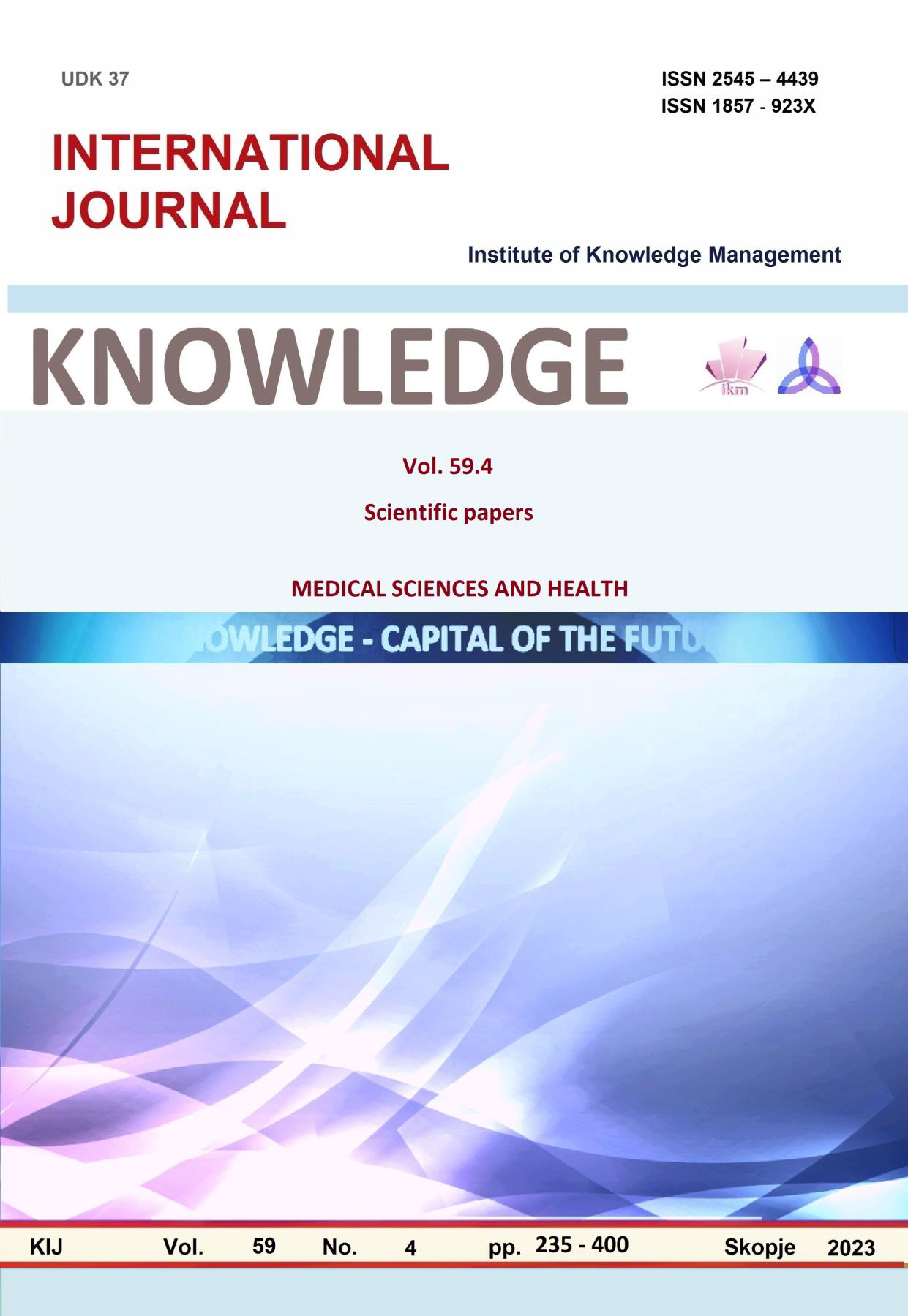METHODS FOR DETERMINING SUB-ACUTE, SUB-CHRONIC, AND CHRONIC TOXICITY OF CHEMICAL COMPOUNDS
METHODS FOR DETERMINING SUB-ACUTE, SUB-CHRONIC, AND CHRONIC TOXICITY OF CHEMICAL COMPOUNDS
Author(s): Vesela KokovaSubject(s): Social Sciences, Sociology, Health and medicine and law
Published by: Scientific Institute of Management and Knowledge
Keywords: preclinical studies;sub-acute toxicity;sub-chronic toxicity;chronic toxicity;methods
Summary/Abstract: The safety of pharmacological, chemical agents, and dietary supplements gains a high level of public interest. The creation and introduction of new drugs go through two stages – preclinical and clinical. Pharmaceutical products must undergo a range of general toxicology studies during the preclinical stage to provide information on the safety of a potential new drug in at least two different animal species. General toxicology studies begin with an acute toxicity study of the compound and progress to longer exposure durations, a minimum of six months. The preclinical toxicity studies can be divided into 1) according to the duration of the survey and its purposes: acute, sub-acute, sub-chronic, and chronic toxicity studies; 2) according to the number of doses administered: single-dose toxicity studies (acute toxicity study) and repeated-dose toxicity studies (sub-acute, sub-chronic, and chronic toxicity studies); 3) according to the location of drug exposure: systemic toxicity studies (acute, sub-acute, sub-chronic, and chronic toxicity studies) and local toxicity studies (dermal toxicity, ophthalmic toxicity studies). This review will discuss the main methods for determining the sub-acute, sub-chronic, and chronic toxicity of chemical compounds. Sub-acute toxicity studies aim to determine the doses to be tested for sub-chronic toxicity. Long-term treatment with the substance under investigation allows the registration of a toxic effect, manifested after a certain latent period. Sub-chronic and chronic toxicity are investigated during the fourth phase of preclinical trials. During the trial, changes in body weight and water and food consumption, changes affecting the skin, fur, mucous membranes, respiratory and cardiovascular systems, behavior and motor activity, and blood and urine tests are monitored daily. Specific toxicological studies are conducted – a study of allergenicity, local tolerance, and toxicity, a study of immunotoxicity, a study of reproductive toxicity and teratogenicity, peri- and postnatal toxicity, mutagenicity, carcinogenicity, etc. After completion of the experiment and euthanasia of the animals, histological examinations are performed to establish potential adverse drug reactions. In this review, the most used tests in the study of the above-mentioned different types of chronic toxicity are discussed. The safety of potential new drugs must be adequately assessed in preclinical studies with various methods for determining acute, sub-acute, sub-chronic, and chronic toxicity. If the test compound has shown acceptable efficacy and safety during preclinical testing, it moves on to testing in human clinical trials.
Journal: Knowledge - International Journal
- Issue Year: 59/2023
- Issue No: 4
- Page Range: 257-261
- Page Count: 5
- Language: English

